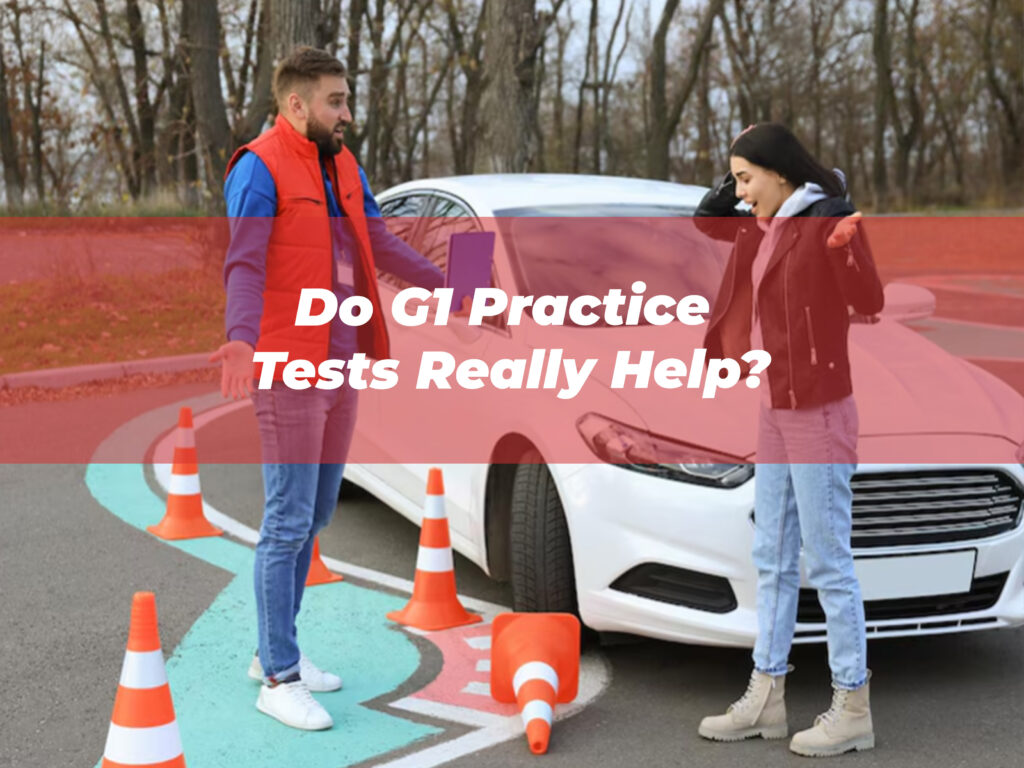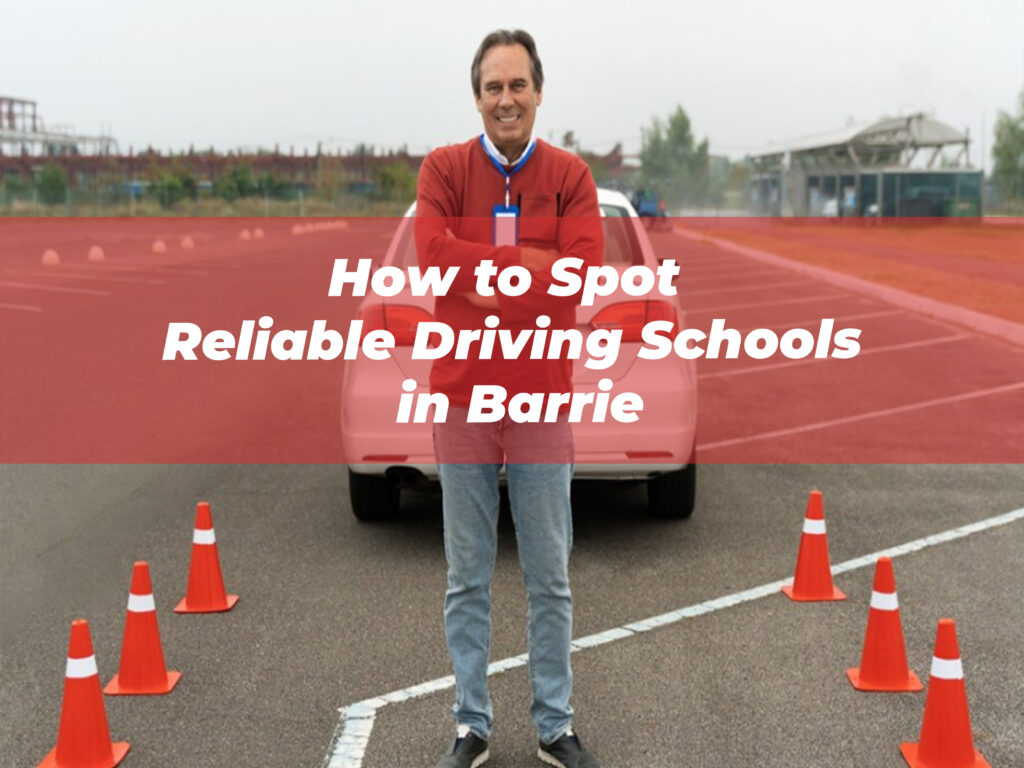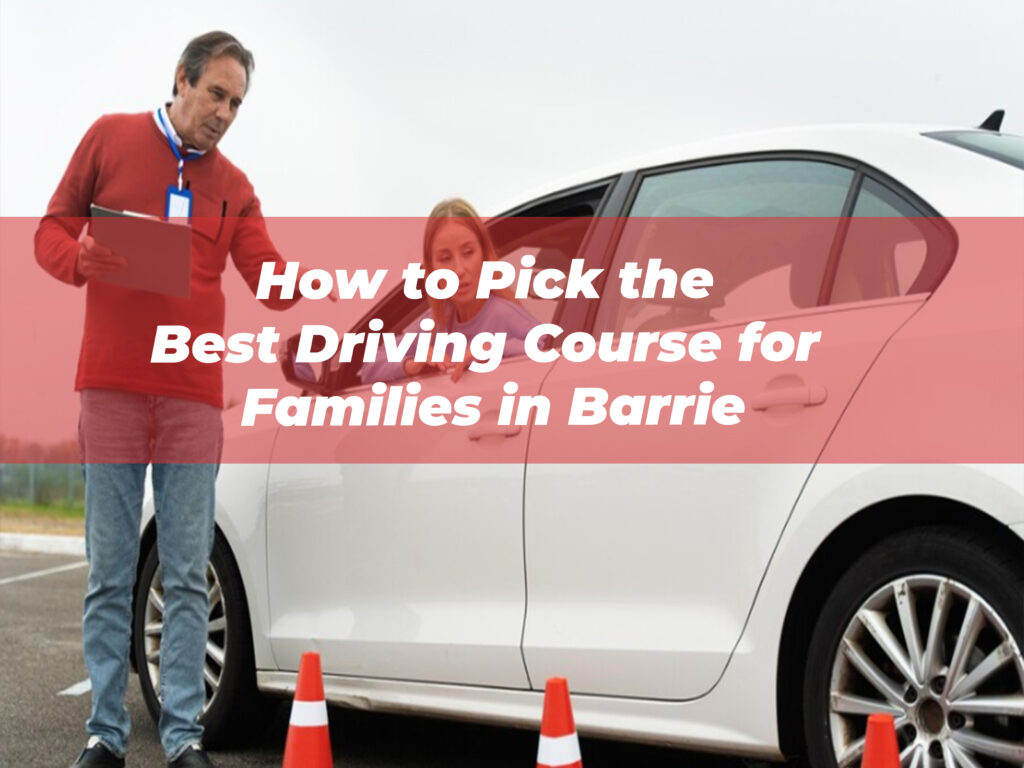Before we dig into Busy Intersections Like a Pro, it’s helpful to understand what makes Newmarket’s traffic flow unique.
1. High Traffic Volume in Key Areas
Busy Intersections Like a Pro serves as a connecting hub for commutes to and from Toronto, resulting in heavy traffic during peak times. Key intersections like those on Yonge Street near Upper Canada Mall and Green Lane East are consistently busy due to a mix of local and through traffic.
2. A Mix of Urban and Busy Intersections Like a Pro
Newmarket’s roads accommodate Busy Intersections Like a Pro with varying levels of experience. Whether it’s someone adjusting to suburban traffic patterns or a seasoned Toronto commuter, you’ll encounter different driving styles.
3. Multi-Use Roads
Intersections in Newmarket are not just for car drivers. Many include bike lanes, pedestrian spaces, and public transit stops, all of which create additional layers of complexity.
Now that we’ve identified the challenges, here are actionable tips for navigating Busy Intersections Like a Pro busiest intersections like a true pro.

Preparing for Success at Busy Intersections
Safe navigation begins long before you approach an intersection. With preparation, you can eliminate surprises and make quick decisions confidently.
1. Always Know Your Route
Using tools like GPS navigation can help you anticipate busy intersections before you’re right at them. Apps like Google Maps or Waze not only show you the intersection layout but also highlight traffic conditions in real time.
Pro Tip for Newmarket: Pay attention to Davis Drive intersections. This road connects to major arterial streets and often carries heavy traffic, especially around Southlake Regional Health Busy Intersections Like a Pro. Knowing the flow ahead of time can save you from bottlenecks.
2. Scan Ahead Constantly
It’s tempting to focus only on the car in front of you, but intersections require a broader field of attention. Look ahead for signals changing, pedestrians entering crosswalks, or approaching drivers turning aggressively.
Example: Approaching Yonge Street and Green Lane East, look well ahead for activity in lanes leading to nearby plazas and shopping centers.
3. Adjust Your Speed Appropriately
Always approach intersections slowly enough to stop if necessary. Yellow lights don’t mean “speed up”—they mean prepare to stop. Similarly, green lights warrant caution, especially when crossing large intersections such as those on Highway 9.
Tips for Handling Signalized Intersections
Many of Busy Intersections Like a Pro busiest intersections are controlled by traffic lights. While signals help direct the flow of traffic, they aren’t foolproof. Staying alert and following these best practices can keep you safe.
1. Master the Art of Timing the Lights
Green lights mean go, right? It’s not that simple. Give yourself a full second after the light turns green to ensure cross-traffic has stopped completely before proceeding. Similarly, when facing a yellow light, only proceed if you’re certain you can clear the intersection safely; otherwise, brake firmly.
Local Note: Intersections like Leslie Street and Busy Intersections Like a Pro Drive are prone to impatient drivers trying to beat red lights. Exercise added caution here.
2. Right Turns on Red
Ontario laws allow right turns on red after a full stop unless signs indicate otherwise. However, always yield to pedestrians and check for cyclists before making your turn.
Pro Tip: At intersections like Yonge Street and Davis Drive, pedestrians crossing in multiple directions might not clear the way quickly. Stay patient and scan thoroughly before proceeding.
3. Watch for Advanced Green Arrows
Many large intersections in Busy Intersections Like a Pro have dedicated turning lanes with advanced green signals. These are a great tool for reducing congestion, but only if drivers use them correctly. Make sure you’re fully in the turning lane before proceeding through an advanced green, and always check for oncoming traffic.
Navigating Four-Way Stops
While traffic lights dominate Newmarket’s busiest roads, you’ll often run into four-way stops at quieter intersections. Surprisingly, these can trip up even seasoned drivers.
Step-by-Step for Four-Way Stop Mastery
First Come, First Served
Drivers arriving first have the right of way. Make your stop Busy Intersections Like a Pro by halting completely behind the line and then proceeding confidently.Tie Situation? Rule of the Right
If two vehicles arrive simultaneously, the driver license to the right proceeds first. Make eye contact if possible to confirm intentions.Pedestrians First
Even if you’re first, yield to pedestrians crossing legally.
Local Insight: Areas like the downtown district near Main Street have smaller intersections with significant foot traffic. A combination of politeness and assertiveness goes a long way here.
Busy Intersections Like a Pro streets have become more pedestrian-friendly over the years, particularly in high-traffic areas near schools, shopping centers, and transit hubs. Here’s how to handle these intersections effectively. Pedestrians always have the right of way at marked crosswalks. Slow down as you approach intersections, especially in school zones or downtown areas, and allow people to cross comfortably. Example: On Main Street South, the combination of charming shops and dining spots often means you’ll encounter sudden pedestrian crossings. Phones and headphones are common distractions for pedestrians. Even if the way seems clear, look more than once before proceeding. You can’t control other drivers’ behavior, but you can stay prepared for the unexpected. Drivers who weave between lanes, honk Busy Intersections Like a Pro, or tailgate at intersections signal aggression or impatience. If you notice them approaching, make space to avoid conflicts. If another driver cuts you off or turns improperly, resist the urge to react emotionally. Instead, slow down, maintain your lane, and stay focused. Traffic in Newmarket peaks during early mornings (7–9 AM) and evenings (4–6 PM). Consider alternative routes or travel times to avoid congestion at major intersections. Like most developing towns, Busy Intersections Like a Pro is no stranger to construction projects. Intersections near construction zones may have reduced lanes or unclear markings, so slow down and stay cautious. Insight: Leslie Street near Green Lane East has seen construction in the past. Check municipal notices regularly to anticipate changes to your route. Though not as common as in neighboring regions, roundabouts in Busy Intersections Like a Pro, such as the one on Bathurst Street, require calm navigation. Remember to yield to traffic already in the roundabout and signal your exit clearly. Navigating Newmarket’s busy intersections like a pro is all about combining preparation, patience, and proactive driving techniques. By giving yourself extra time, staying aware of your surroundings, and respecting the rules of the road, you’ll move through even the most congested intersections safely and confidently. The roads in Newmarket are not only filled with fellow drivers but also pedestrians, cyclists, and public transit users. Treating every intersection as a shared space promotes safety and ensures smoother traffic flow for everyone. With these tips in mind, you’re well on your way to mastering Newmarket’s busiest streets.1. Yield to Pedestrians
2. Be Wary of Distracted Pedestrians
Handling Unpredictable Drivers
1. Recognize Aggressive Drivers
2. Be Defensive, Not Reactive
Additional Tips for Stress-Free Driving in Newmarket
1. Avoid Rush Hour When Possible
2. Watch for Construction Zones
3. Stay Calm in Roundabouts
Final Thoughts










